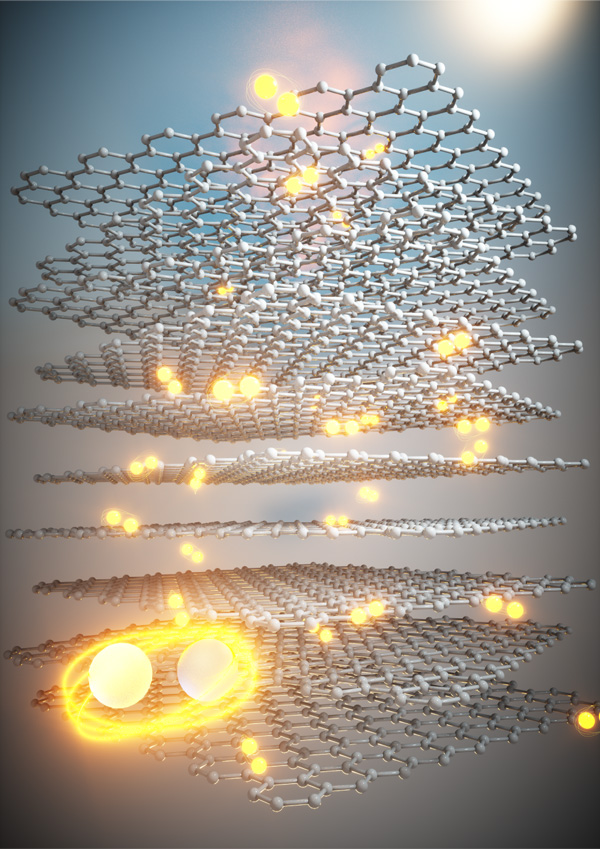PC4-1-INV
Magic-Angle Twisted Graphene Family
Nov. 30 10:00-10:25
*Jeong Min Park1, Yuan Cao1, Li-Qiao Xia1, Shuwen Sun1, Kenji Watanabe2, Takashi Taniguchi2, Pablo Jarillo-Herrero1
Massachusetts Institute of Technology (USA)1
National Institute for Materials Science (Japan)2
Since the discovery of magic-angle twisted bilayer graphene (MATBG), new moiré systems have been explored to study strongly correlated and topologically nontrivial phenomena. Multiple interesting states, including but not limited to correlated insulators, quantized anomalous Hall states, ferromagnetism, and correlated Chern insulators, have been observed in various moiré materials. However, during the first few years, superconductivity was reproducibly seen only in MATBG. More recently, magic-angle twisted trilayer graphene (MATTG) has shown robust superconductivity and correlated states with an additional knob for electric displacement field tunability. Is it a coincidence? Interestingly, MATBG and MATTG, which are the only robust moiré superconductors known to date, are part of a hierarchy of magic-angle graphene systems, which exhibit a series of twist angles for different number of twisting layers. We experimentally realize magic-angle twisted 4-layer and 5-layer graphene structures, and show that they also exhibit robust superconductivity, therefore establishing alternating-twist magic-angle multilayer graphene as a family of moiré superconductors. With the application of electric displacement and magnetic fields, we find interesting similarities and differences between the members that help us understand the underlying physics behind these systems. In this talk, I will discuss the key data and our current understanding of the magic family, as well as some of our most recent progress.
Figure: An artist's illustration of superconducting Cooper pairs in the magic-angle twisted multilayer graphene family
Keywords: Strongly correlated physics, Unconventional superconductivity, Moiré quantum matter, Two-dimensional superlattices
